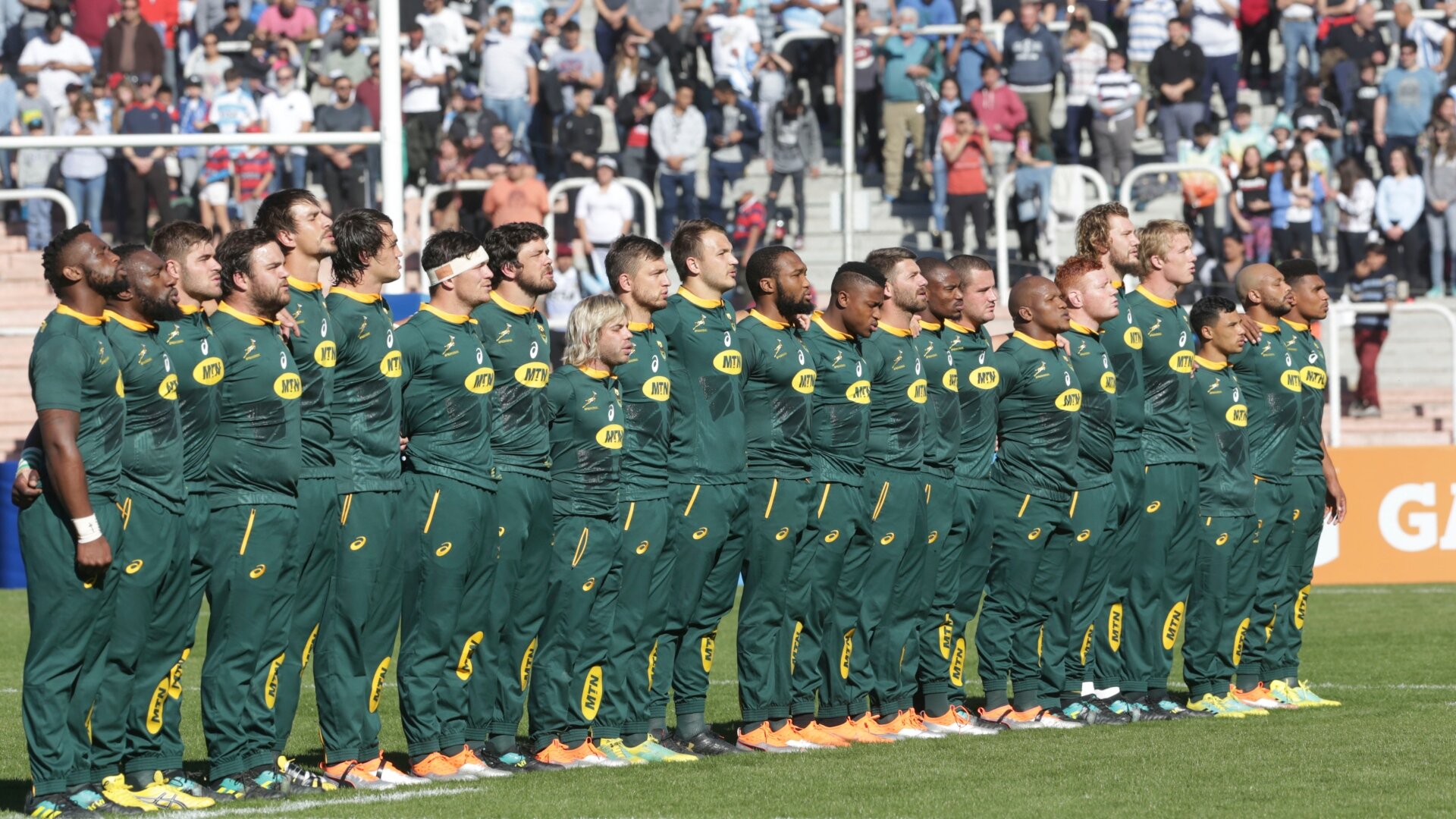SA Rugby reveals its 'new model' to keep players and salary cap for pro teams

Having faced a number of player exoduses over recent years, SA Rugby has announced a new model of contracting that will help the Springboks retain players and align themselves more successfully with the provincial unions.
Whether through the weakness of the Rand in comparison to European and Japanese currencies or through a number of high-profile mismanagement incidents at the provincial unions, South Africa has seen plenty of their players head overseas, as well as several off-field controversies at the administration level.
SA Rugby has contracted centrally since the advent of professionalism, although a new deal has been struck between the South African Rugby Employers’ Organisation (SAREO) and MyPlayers, the players’ association in the country that will see that change.
Under this new agreement, there will be squad size and budget caps implemented per union, whilst there will also be defined categories for payment, including professional, semi-professional and development, with the latter for players under the age of 21 and not yet offered a professional contract.
Professional players will be eligible to play in Super Rugby, the Guinness PRO14 and the Currie Cup Premier Division, whilst semi-professional players will be limited to the Currie Cup First Division and SuperSport Rugby Challenge. Development players will generally be limited to under-21 and under-20 competition, although they may also be used as temporary replacements for professional and semi-professional players in their respective competitions.
The deal will also involve joint development between the individual unions and the Springboks of players of national interest, whilst younger players will be offered “commitment clauses” which will reward them for staying in South Africa.
Speaking on the announcement, SA Rugby CEO Jurie Roux was encouraged.
“I would like to thank and congratulate SAREO, MyPlayers and Rassie Erasmus, our director of rugby, for setting aside purely sectional interest to come up with a new model that we believe will have long term benefits for all in rugby.
“The existing model plainly was not working; the rugby economy could not continue to support such a large, fully professionalised workforce while the strategy to retain top players in South Africa had become too narrowly focused.
“The new model will see our best players properly looked after from a payment point of view – in the South African context – as well as from a player management and development point of view. At the same time it will improve the financial sustainability of unions by controlling budgets and sharing out the Springbok payment budget through the unions to a broader pool of players.
“There will be challenges and growing pains I am sure, but for the first time the three constituent parties in the player journey – the players themselves, the employers and the national body – have been able to sit down, take a strategic view and come up with what we believe will lead to a more sustainable future for the game.”
Super Rugby, PRO14 and Currie Cup Premier Division sides will be limited to a salary expenditure of R60m (£3.1m) and this will be phased in over the next three years. The Griquas and Pumas will be limited to R15m (£780k). An unlimited number of development players are allowed to be signed, providing they stay with a budget of R10m (£520k) for Super Rugby and PRO14 sides – reduced to R7.5m in year two – and R1m (£52k) for all other teams.
SA Rugby Director of Rugby Rassiue Erasmus highlighted the benefits this will bring to the Springboks.
“SA Rugby will identify and help nurture young talent from the schoolboy ranks and contribute to their remuneration through the unions.
“This way we will have upwards of 60 Players of National Interest involved in Springbok planning in an integrated plan with their contracting union.
“It broadens the Springbok pool and will work to encourage our players to remain in South Africa to pursue their Springbok dream. It also gives the national coaches the opportunity to work with the franchise coaches on honing the players’ skills on an on-going basis.”
This new model is set to be implemented later this year, when the current cycle of contracts comes to an end.
Watch: Changes to broadcast rules could harm the Springboks

































